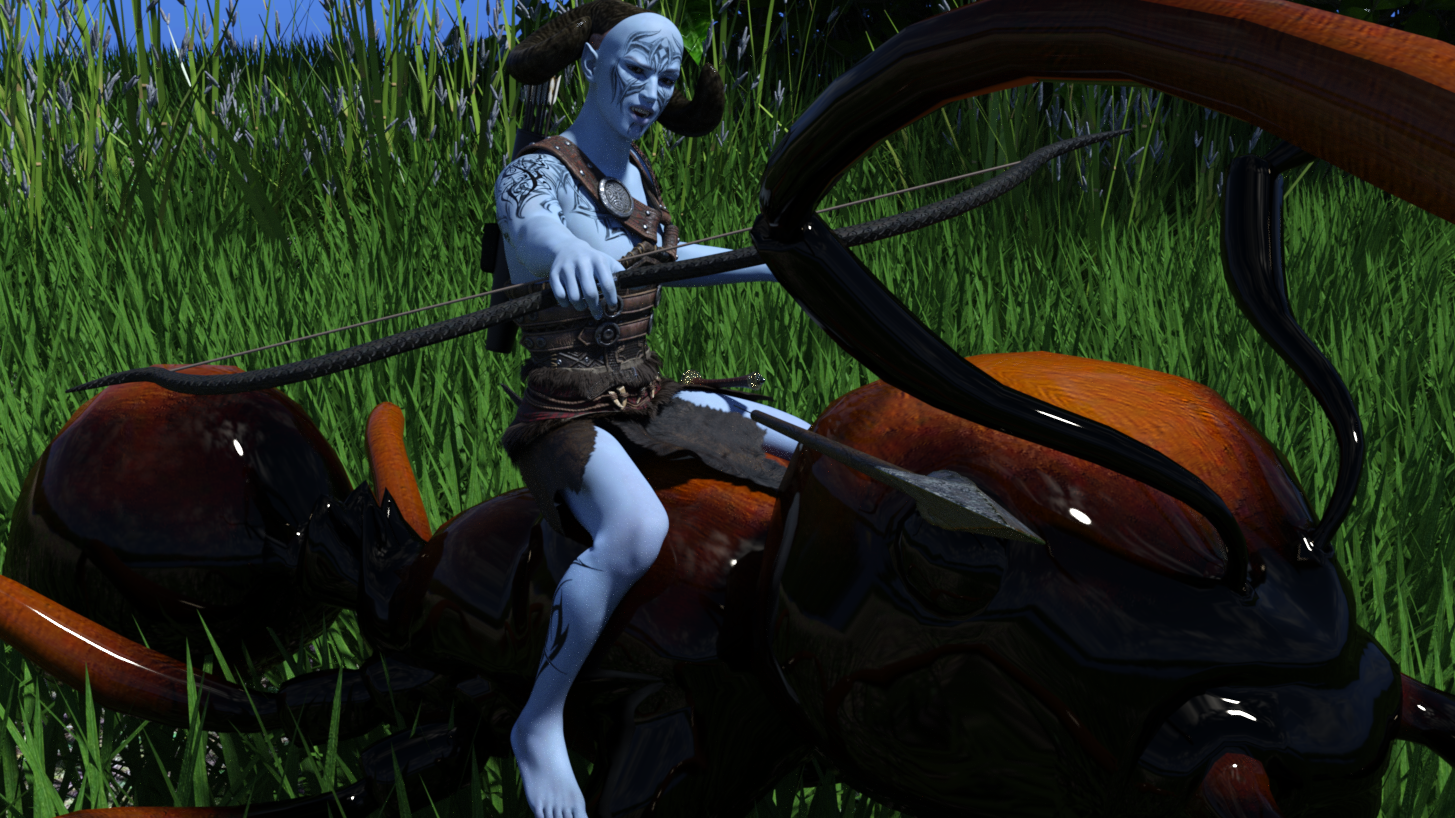We may earn money or products from the companies mentioned in this post.
So, if you’ve been following along, you know that I’ve come to the realization that the “how to adapt the rules to the game you want to run section,” which was originally a single chapter with some general advice, has turned into a whole section because it’s kind of the central idea that makes the game adaptable instead of generic. The first chapter of that section is largely an overview of how to decide what aspects of the game need special rules and some very general guidelines. Subsequent chapters will describe how to actually construct different kinds of rules for your game.
Even though the introduction of the book already goes into considerable detail about the role that rules play in an RPG (I previously posted an earlier version of that particular manifesto here), part of deciding whether new rules are worth creating is asking “what do these rules accomplish.” Since (hopefully) the core rules cover all the rules functions from the introduction, any new rule you add needs to add something to the gaming experience that’s missing when you just use the basic rules. Since these considerations may be useful for other game designers, rules tinkerers, and DIY-types, I’m going to cut and paste them here. Just ignore the reference to Chapter XX.
To Clarify How The Ficton Works
A lot of special rules are really just clarifications of how ambiguous story elements work in the fictons of the game. Established ficton typically need less clarification than original ones unless you’re adding something new or exploring a part of the world that doesn’t get much (or any) screen time. If you’re playing a Supernatural game, everyone already knows how vampires work from watching the show. If you’re running a generic monster-hunting game, you’ll have to decide which version of vampires exists in your game. Are they disgusting rotting corpses, stylish European nobles, or moody goth kids?
To Clarify The Game Rules
Sometimes you know how something works in the world, but need to decide how to model it with game mechanics. For example, maybe you’ve decided that vampires can be killed by a stake through the heart. Since the basic combat rules don’t specify where an attack lands, you’ll have to figure out what kind of roll a player needs to make in order to stake a vamp. A lot of rules clarifications involve deciding what kind of trait describes unusual character abilities. For example, is “Psychic” a Role, a Trademark, a Special Effect, or a Plot Device in your game?
To Provide Detail
Different genres and story styles focus on different character activities. In a typical cop show, some guy in a lab coat tells the protagonist “we found the suspect’s prints on the murder weapon.” In CSI or Bones, the protagonists are the guys in the lab coats, so at least some of the work involved in finding the print and linking it to the suspect happens on screen. Since some of these sorts of character activities require knowledge that players don’t (and shouldn’t be expected to) have, rules can fill in the details with information, structure, complications, and decision points to help players create the scene. The process outlined by the rules may only be tangentially related to how the activity works in the real world, but it gives the players a starting point for the scene and hopefully promotes dramatic, interesting, or entertaining developments.
To Simplify Through Abstraction
Sometimes rules work in the opposite direction, providing abstract methods for handling things that would normally require tedious detail. In most games, the amount of food the characters have at home isn’t important because they can just go to the store and buy more whenever they run out. In a game set shortly after the apocalypse, on the other hand, the amount of food the players have available may be extremely important to the story. Rather than make the players keep an inventory of how many cans of beans or ears of corn they’ve got in stock, you can just define a standard unit of food (maybe 1 unit is enough to feed 1 person for a day), decide how many units of food the characters start with, and make a rule for how their scavenging, hunting, and other food-gathering rolls translate into food units.
Customization
Just like some games may require more detailed handling of equipment (as discussed in Chapter XX: Auxiliary Rules), sometimes other story elements need more detail than the basic rules provide. Customization is often required for unusual character traits like supernatural abilities or robotic bodies where each character with the trait has slightly different characteristics or abilities. For instance, in some stories wizards just use magic in the same way a scientist uses his knowledge or a warrior uses his fighting skills. In a lot of fantasy fictons, though, wizards must learn specific spells and every wizard has a slightly different arsenal of magic at his disposal so you need a way of deciding which spells a wizard has when the game begins and what he has to do to learn new ones.
Fund me on Patreon and I’ll be able to afford chapter numbers.





